Solid wood vanities are a popular choice for bathrooms due to their durability and timeless appeal. However, you might notice a strong odor emanating from your new vanity. This can be concerning, especially if you are sensitive to smells or worried about potential health risks. In this article, we will explore the reasons behind the odor and provide solutions to mitigate it.
Understanding the Source of the Odor
The smell from your solid wood vanity can come from several sources. Knowing these can help you determine the best way to eliminate the odor.
New Wood Smell
When you first install a solid wood vanity, the fresh wood can emit a distinctive smell. This is usually a natural and harmless scent that fades over time.
Finishes and Sealants
Many solid wood vanities are treated with finishes and sealants to protect the wood and enhance its appearance. These substances can emit volatile organic compounds (VOCs), which produce strong odors.
Adhesives and Glues
During the manufacturing process, adhesives and glues are often used to assemble the vanity. These can also release VOCs, contributing to the overall smell.
Moisture and Humidity
Bathrooms are typically humid environments, which can cause wood to absorb moisture. This can lead to the growth of mold and mildew, which produce unpleasant smells.
Is the Odor Harmful?
While the smell of new wood and finishes can be off-putting, it is generally not harmful in small amounts. However, prolonged exposure to high levels of VOCs can pose health risks, such as headaches, dizziness, and respiratory issues. It is important to ensure proper ventilation in your bathroom to minimize these risks.
How to Reduce the Odor
If your solid wood vanity has a strong odor, there are several steps you can take to reduce it.
Proper Ventilation
Ensure your bathroom is well-ventilated. Open windows and use exhaust fans to circulate air and dissipate odors. This will help reduce the concentration of VOCs and other smells.
Air Purifiers
Consider using an air purifier with a HEPA filter in your bathroom. This can help remove airborne particles and VOCs, improving air quality and reducing odors.
Baking Soda
Baking soda is a natural odor absorber. Place an open box of baking soda inside the vanity or sprinkle some on the shelves and drawers. Leave it for a few days to absorb the smell, then vacuum or wipe it away.
Activated Charcoal
Activated charcoal is another effective odor absorber. Place a few charcoal bags or containers inside the vanity to help neutralize the smell. Replace them every few months for best results.
White Vinegar
White vinegar is a natural deodorizer. Fill a bowl with vinegar and place it inside the vanity for a few days. The vinegar will help neutralize the odor. You can also wipe down the surfaces with a vinegar-water solution for added effect.
Clean Regularly
Regular cleaning can help prevent the buildup of mold and mildew, which can cause odors. Wipe down the vanity with a damp cloth and mild detergent. Make sure to dry it thoroughly to prevent moisture buildup.
Long-Term Solutions
If the odor persists despite your efforts, you may need to consider more permanent solutions.
Sealing the Wood
Applying a low-VOC sealant to the wood can help lock in the odor and prevent it from escaping. Make sure to choose a sealant that is safe for indoor use and follow the manufacturer's instructions for application.
Refinishing
If the odor is coming from the finish, you might need to refinish the vanity. Sand down the existing finish and apply a new, low-VOC finish. This can help eliminate the source of the smell.
Choosing a New Vanity
If you are in the market for a new vanity, there are a few things to keep in mind to avoid odor issues.
Low-VOC Materials
Look for vanities made from low-VOC materials. This includes low-VOC finishes, sealants, and adhesives. These products are designed to emit fewer harmful chemicals, reducing the risk of strong odors.
Solid Wood vs. Engineered Wood
Solid wood vanities are generally more durable and have a longer lifespan than engineered wood. However, they can emit a stronger odor initially. Engineered wood vanities may have fewer odor issues but can be less durable over time. Consider your priorities when making a decision.
Brand Reputation
Research different brands and read reviews from other customers. Brands that prioritize eco-friendly and low-VOC materials are more likely to produce vanities with fewer odor issues. For more details on high-quality vanities, you can get more details at wellfor.
Navy Blue Bathroom Vanities
Navy blue bathroom vanities are a stylish and modern choice for any bathroom. They add a touch of sophistication and can complement a variety of design styles. When choosing a navy blue vanity, consider the same factors mentioned above to ensure you select a high-quality, low-odor option.
Double Sink Bathroom Vanity

A double sink bathroom vanity is perfect for shared bathrooms, providing ample space for two people to get ready simultaneously. When selecting a double sink vanity, make sure to consider the size of your bathroom and the materials used in the vanity's construction. Opt for low-VOC materials to minimize odor issues.
Final Thought
A strong odor from your solid wood vanity can be concerning, but it is usually manageable with the right approach. By understanding the source of the odor and taking steps to reduce it, you can enjoy the beauty and durability of your solid wood vanity without the unwanted smell. Remember to prioritize low-VOC materials and proper ventilation to maintain a healthy and pleasant bathroom environment. For more details on high-quality bathroom vanities.







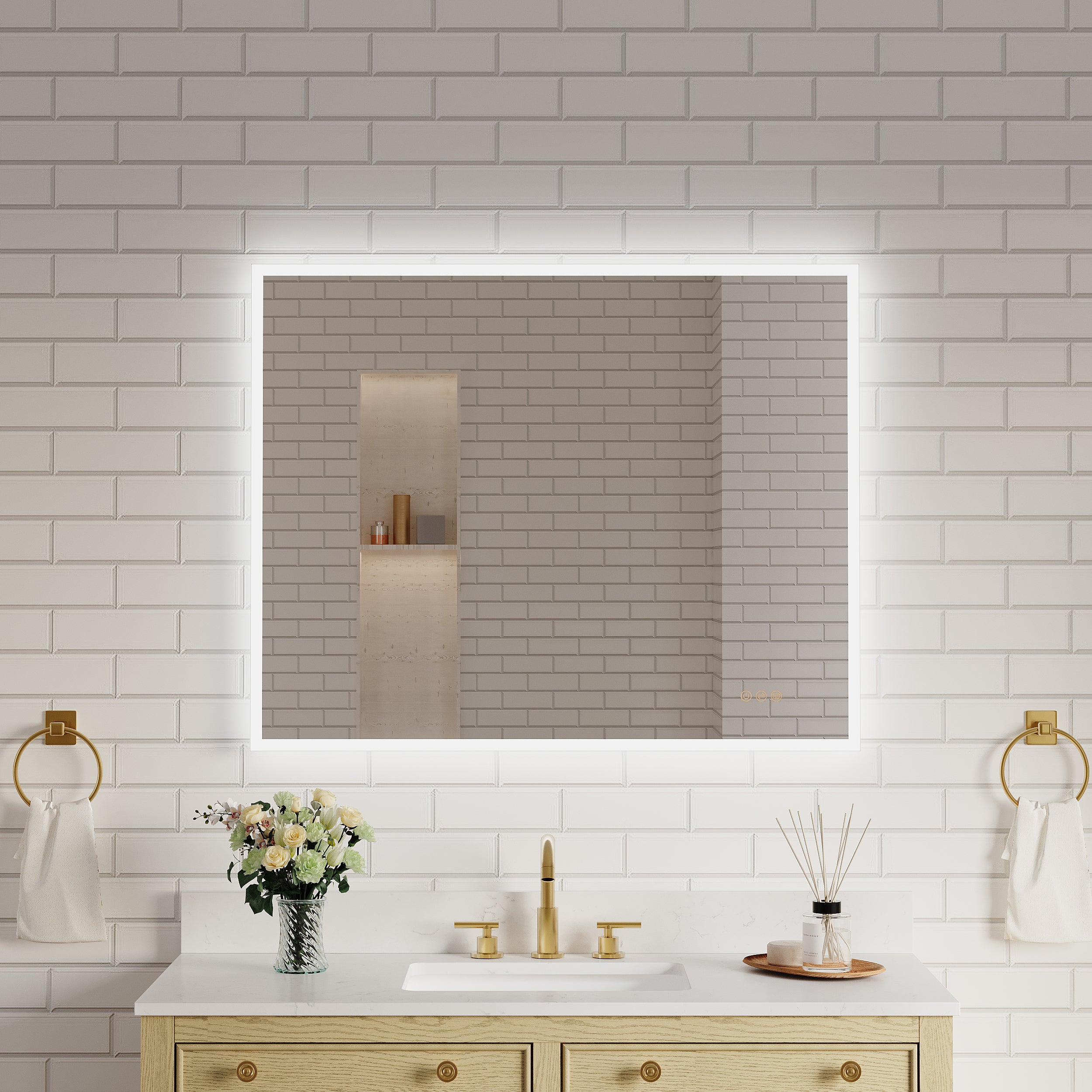






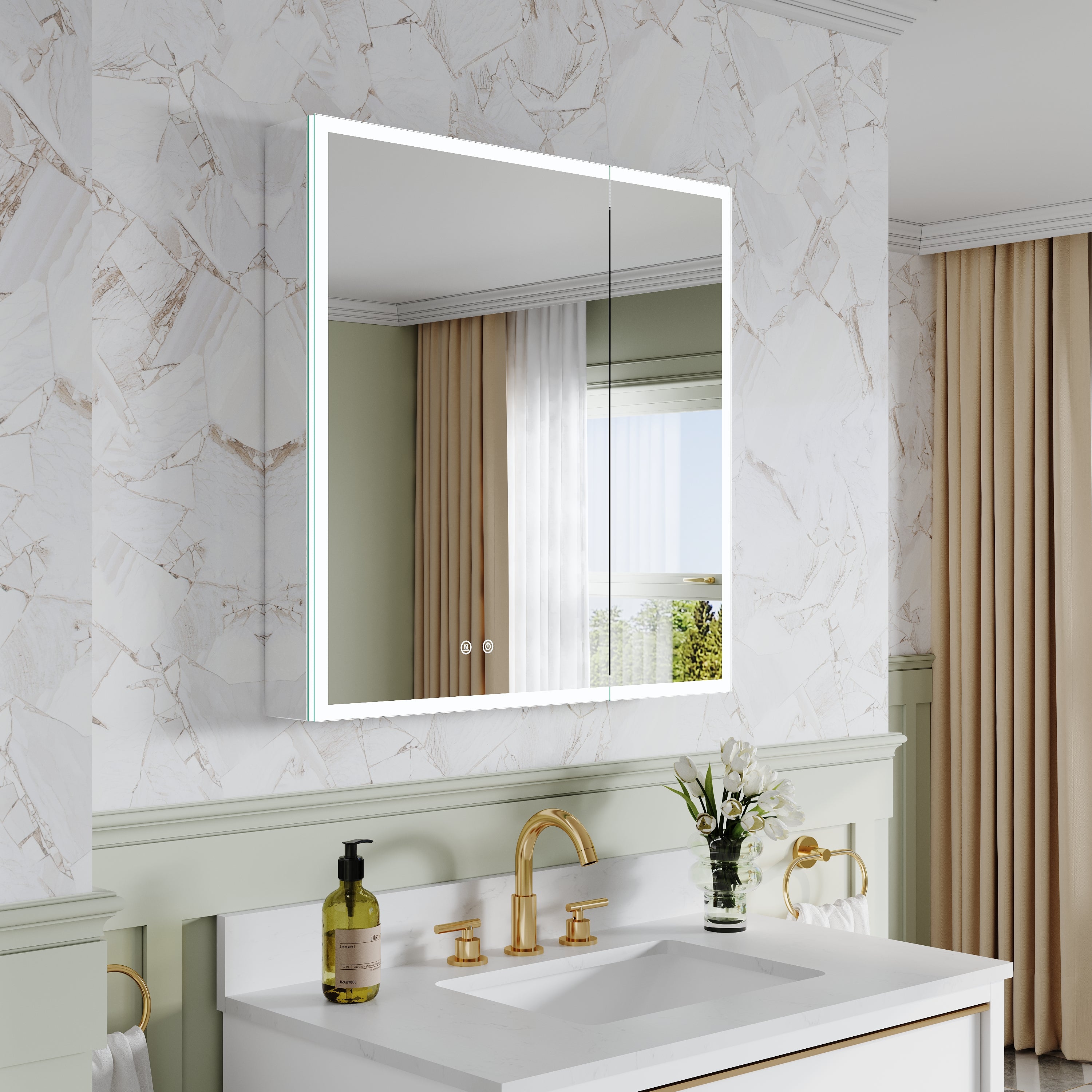



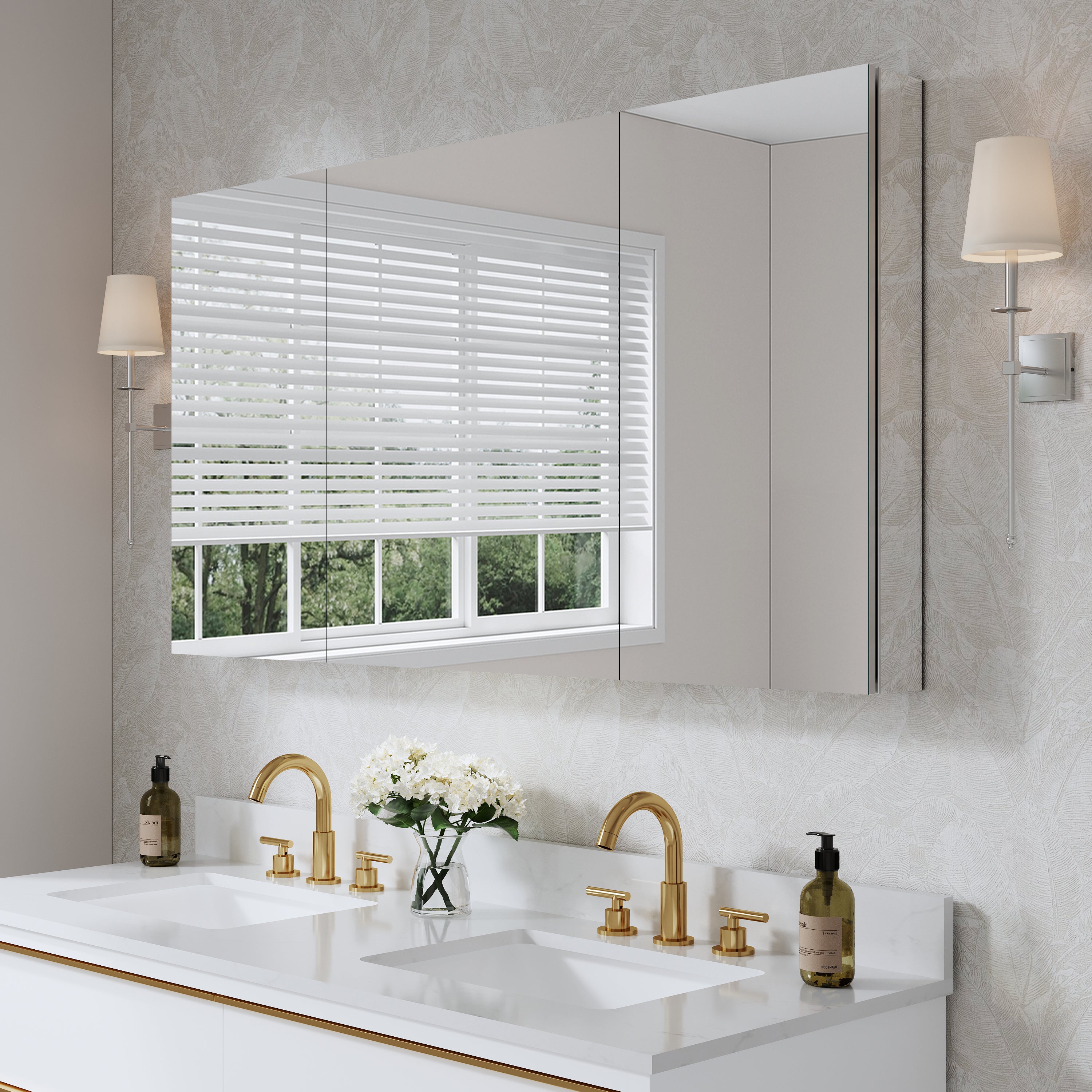



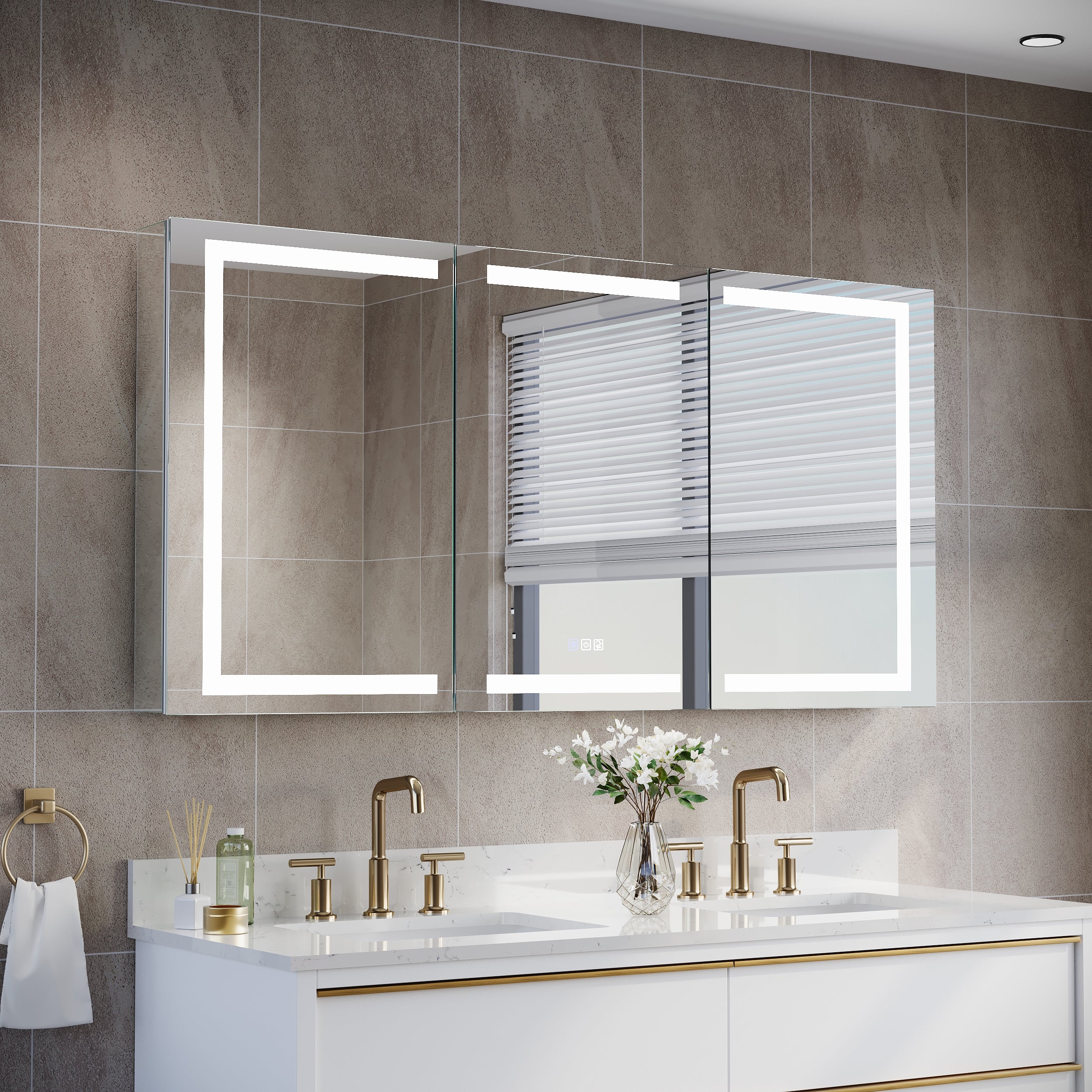



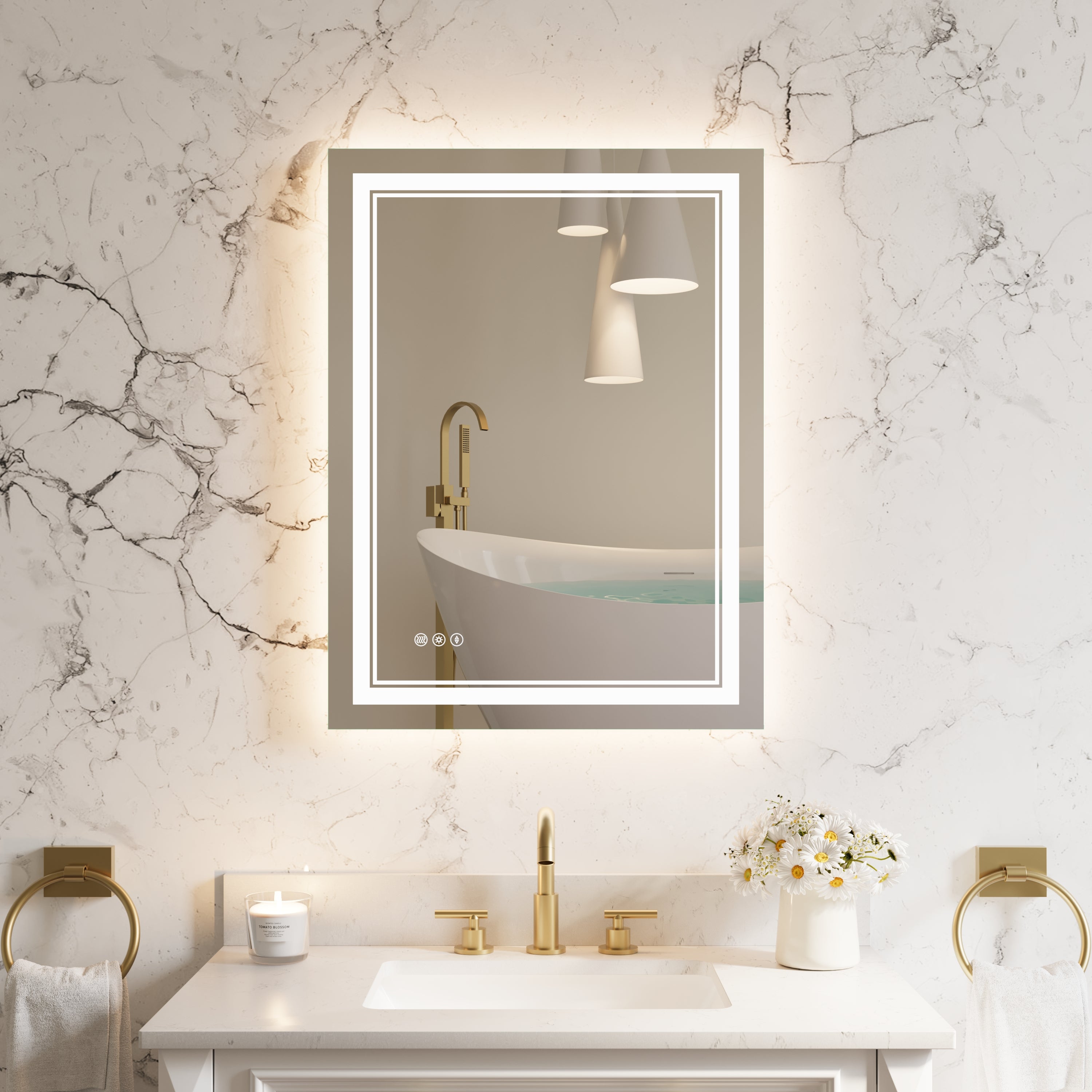








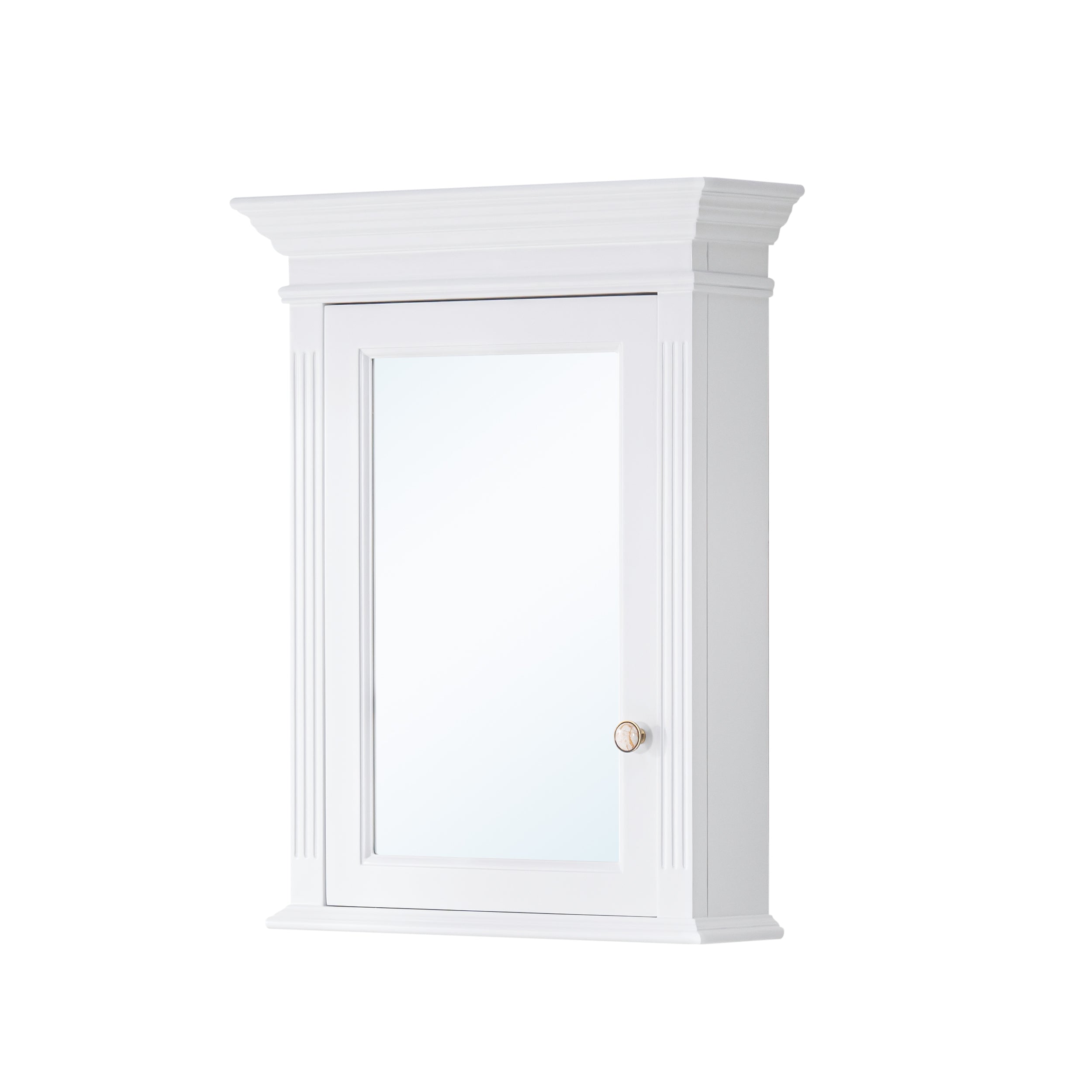
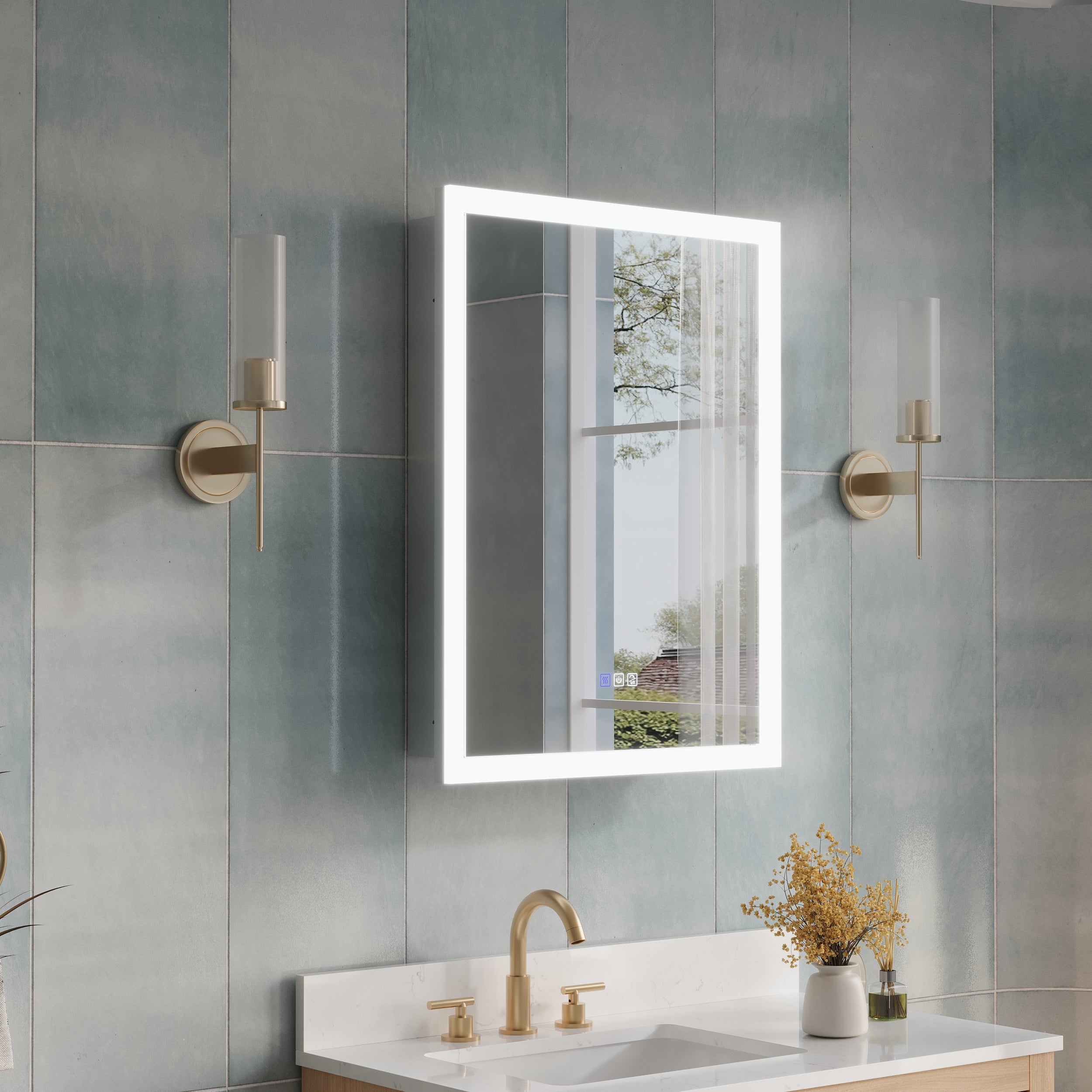

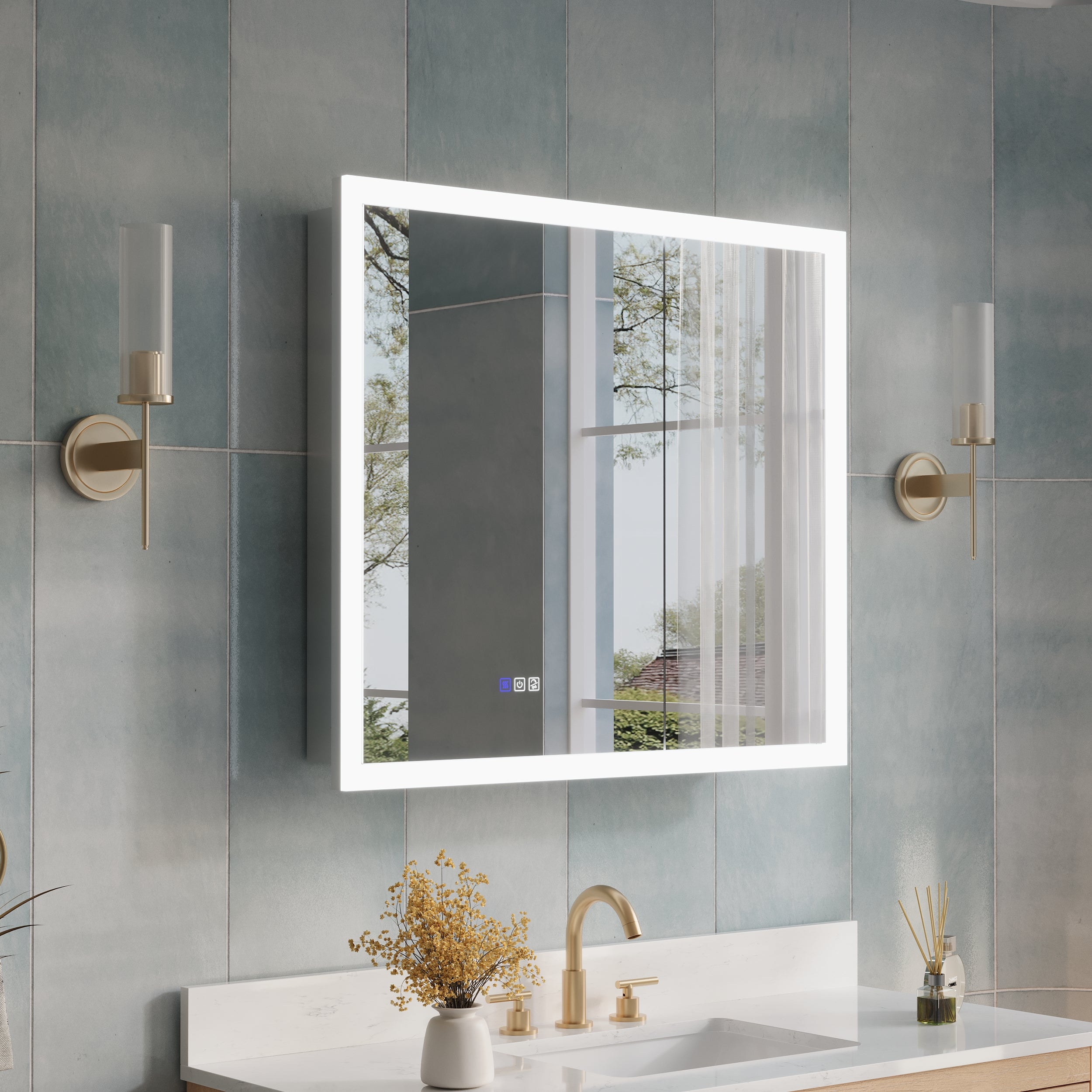

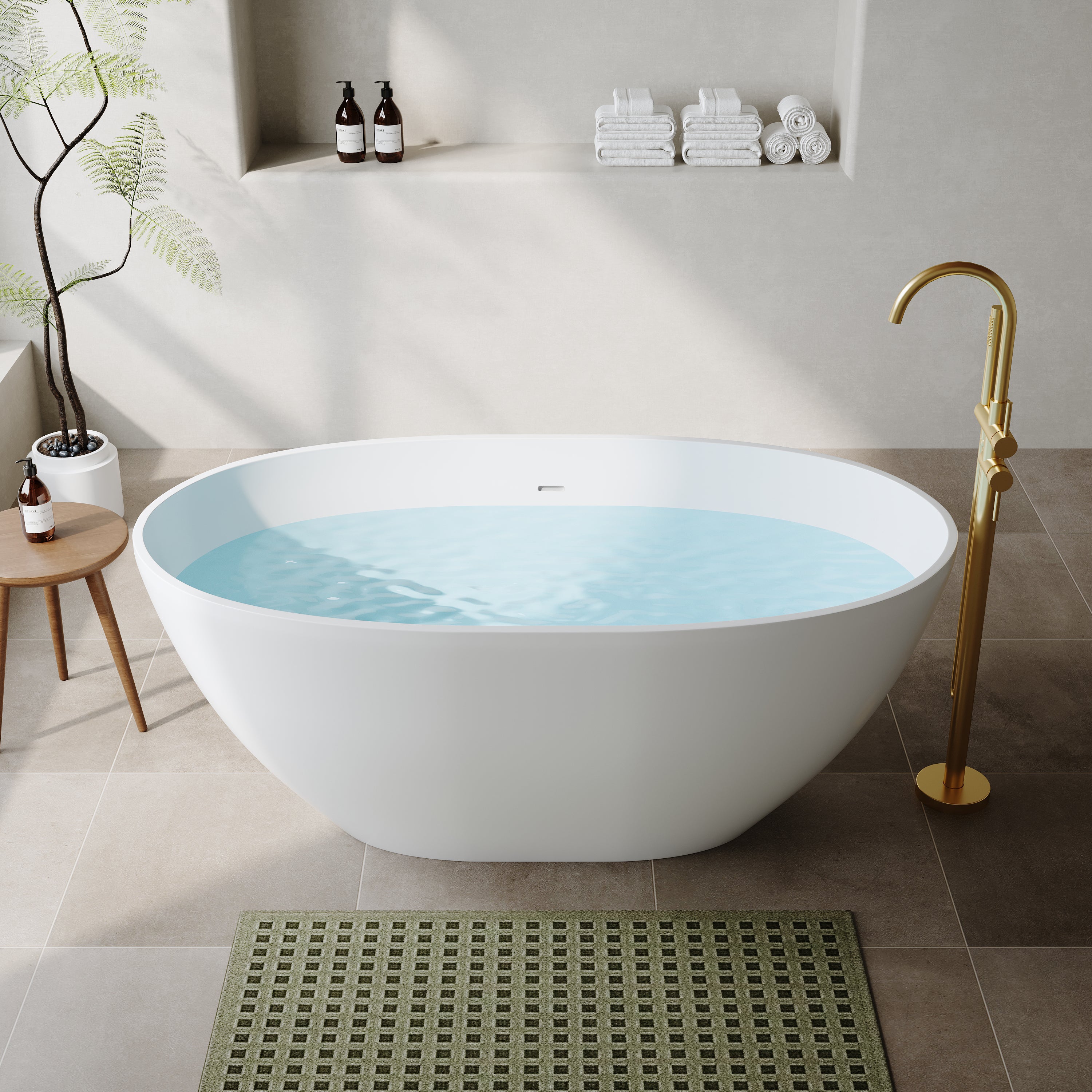




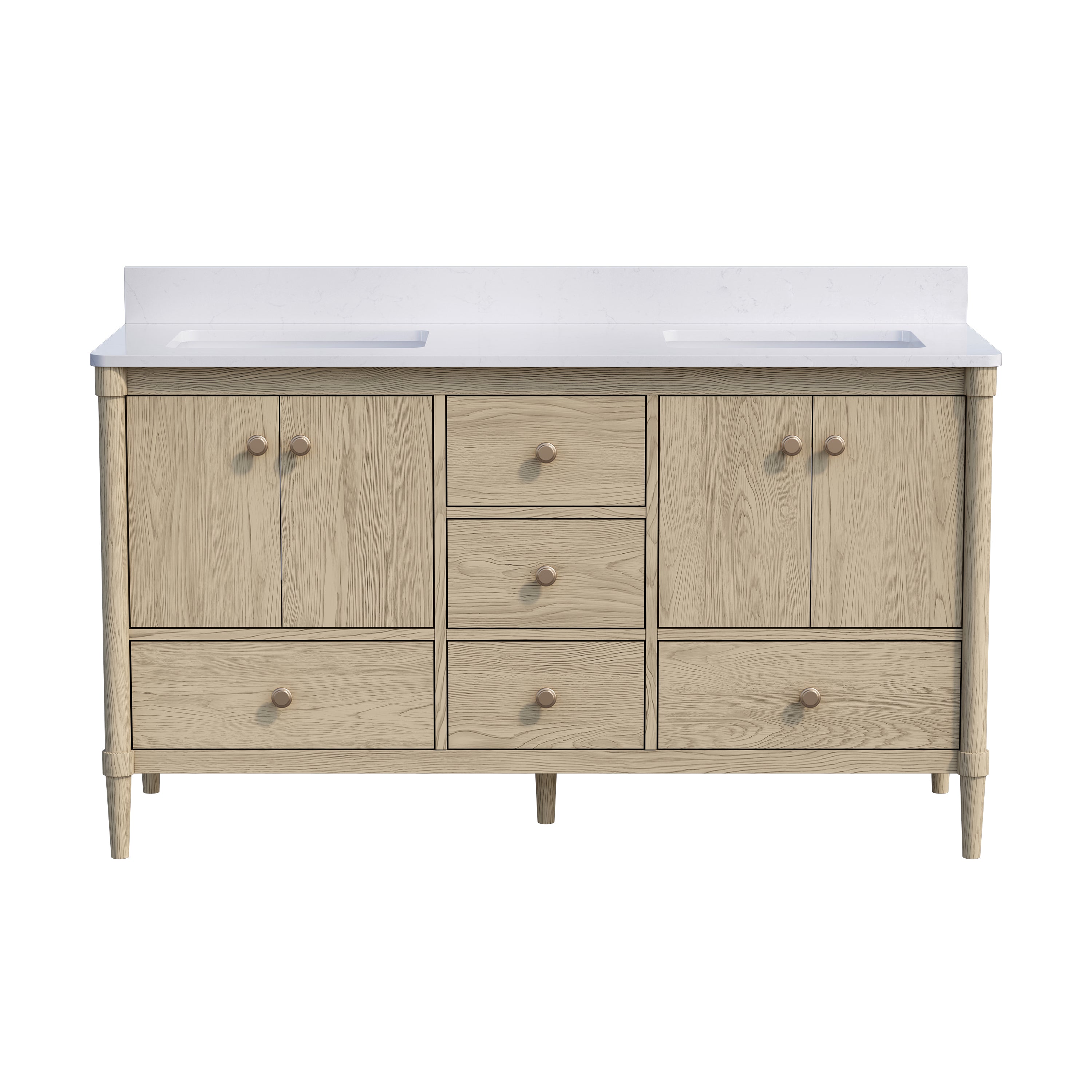
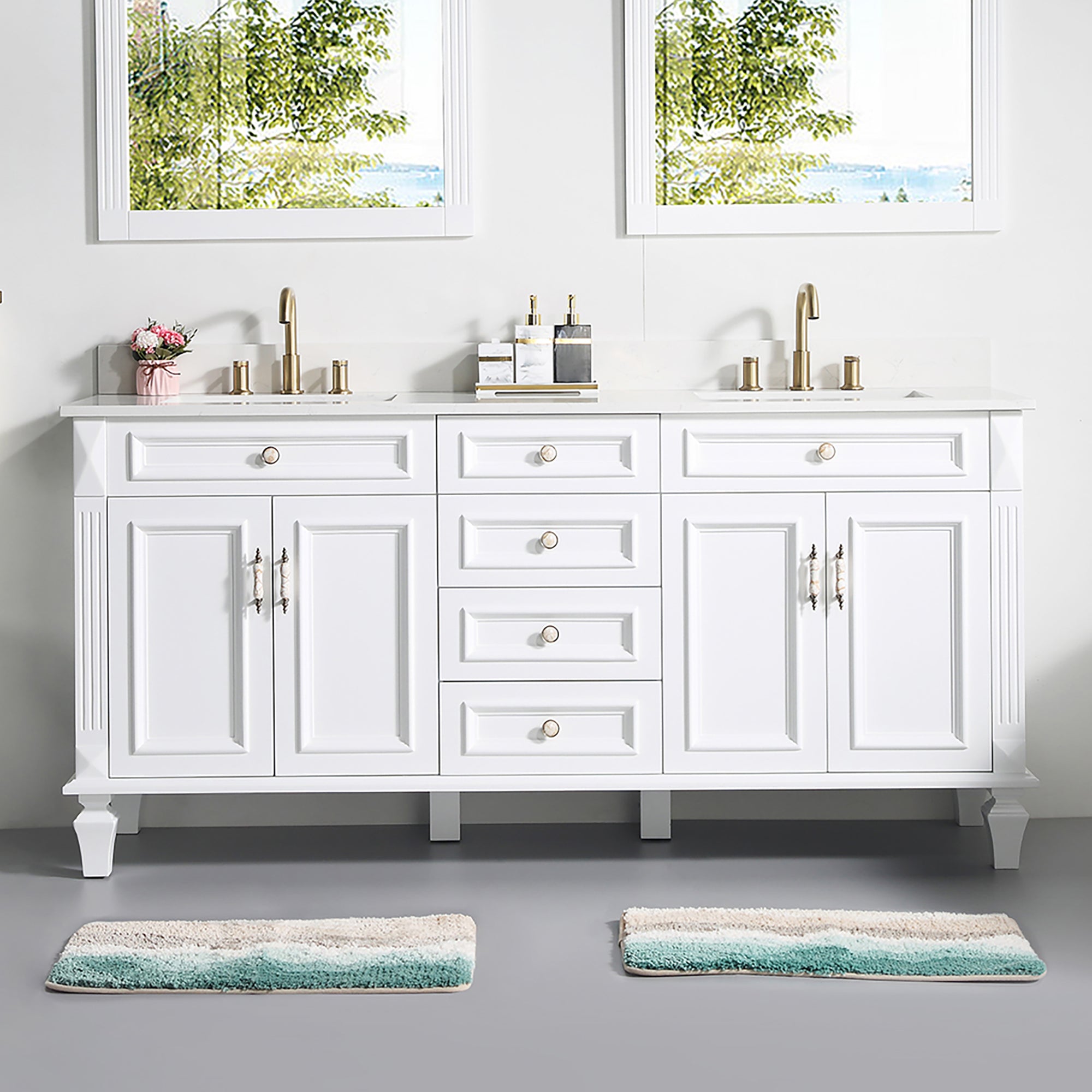
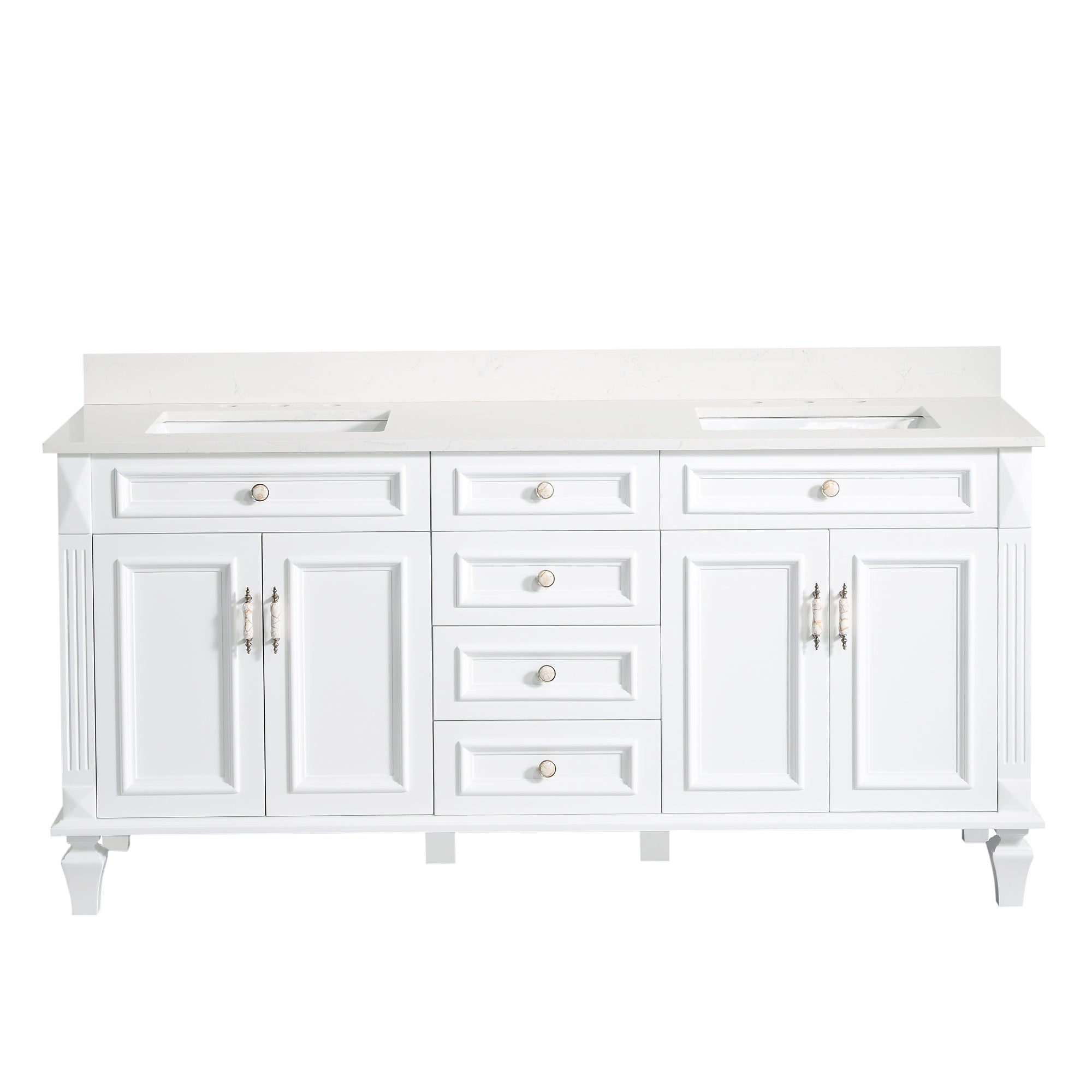
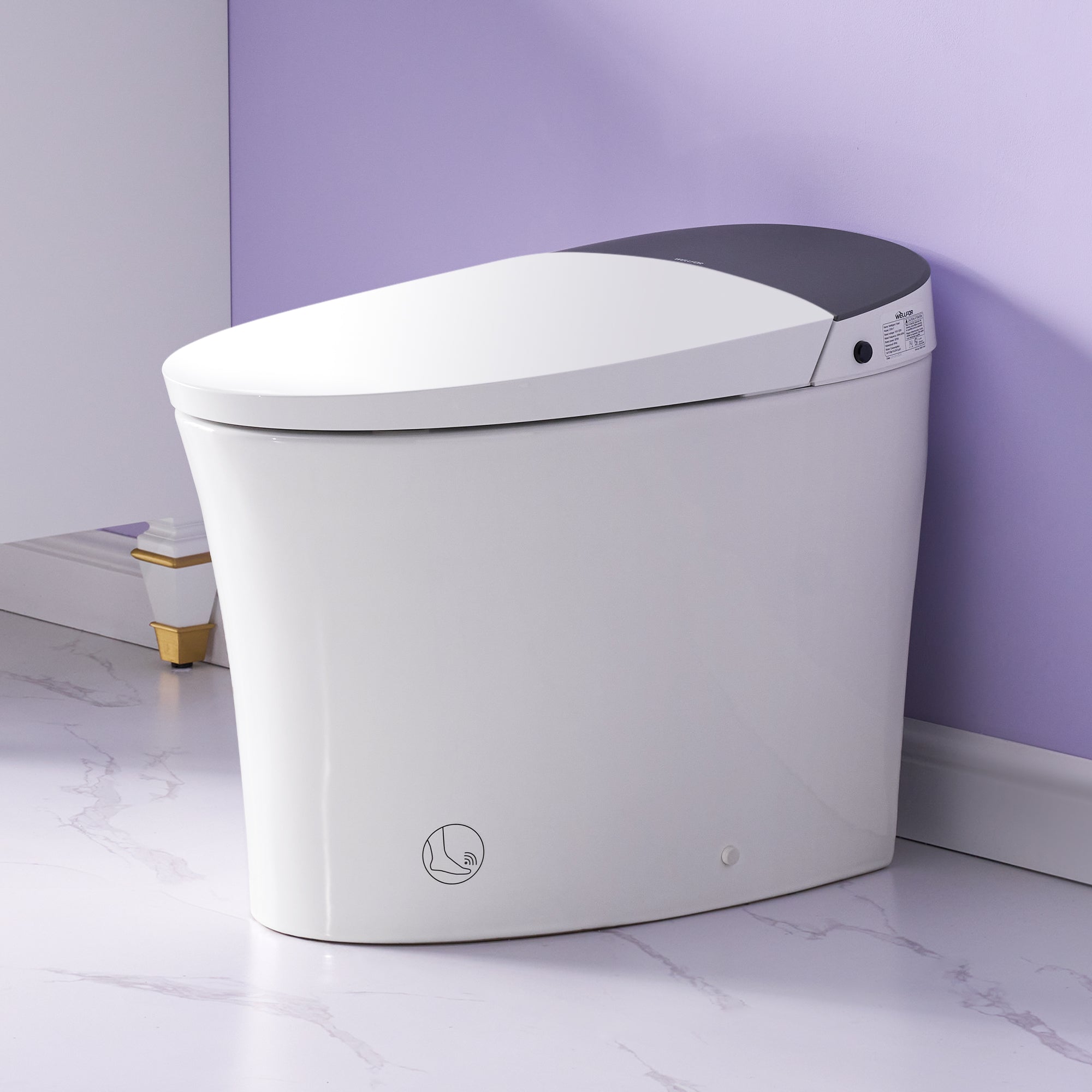
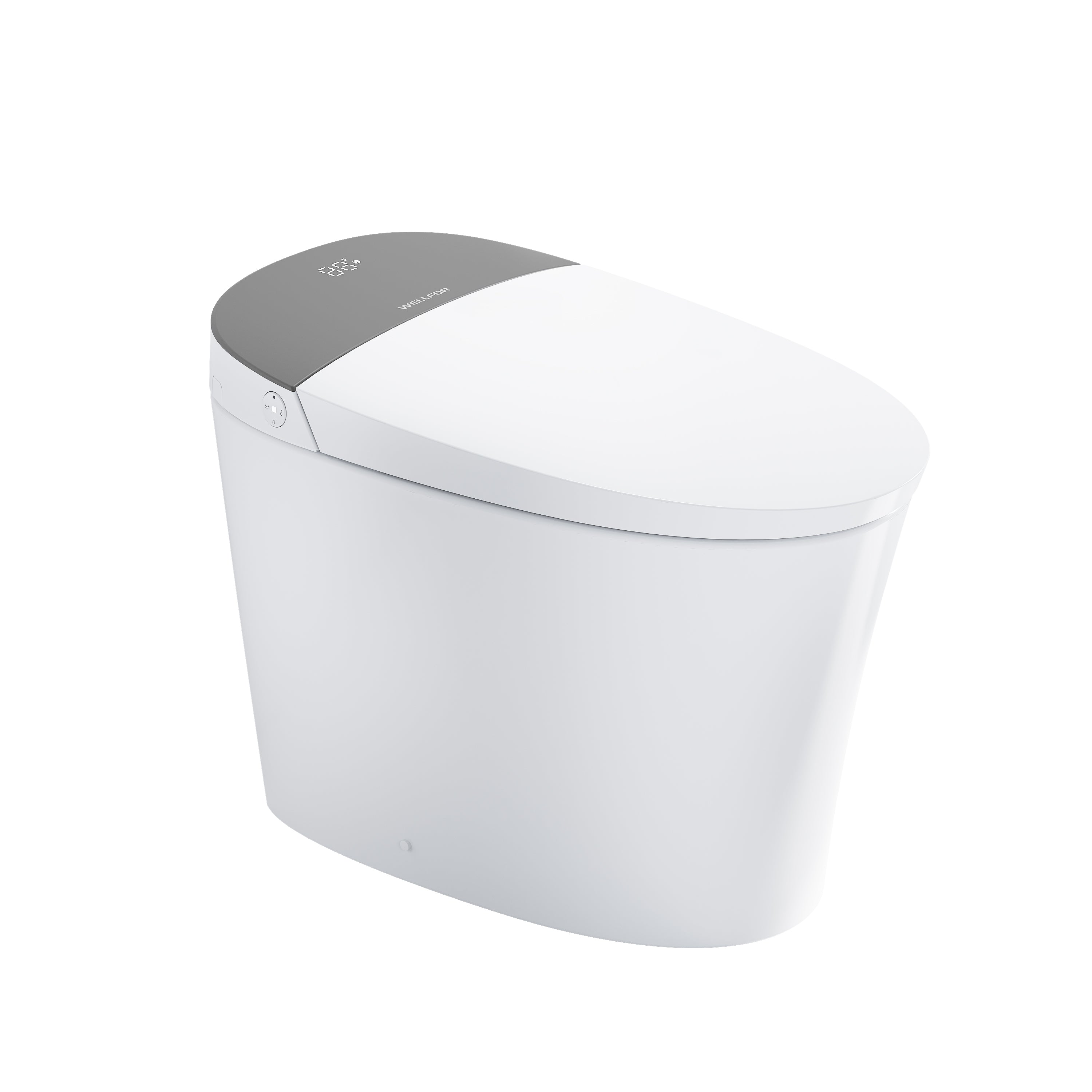

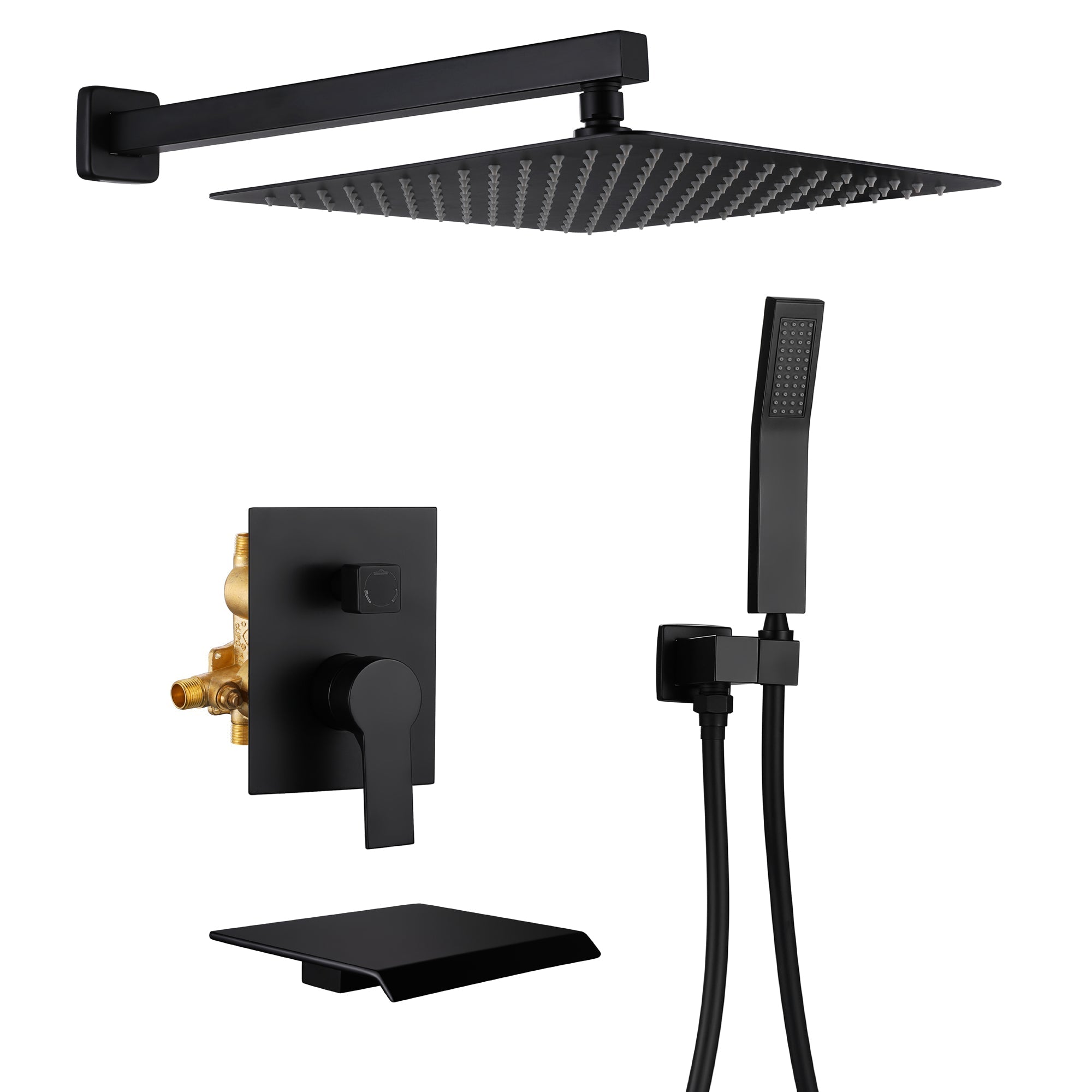
Leave a comment
This site is protected by hCaptcha and the hCaptcha Privacy Policy and Terms of Service apply.